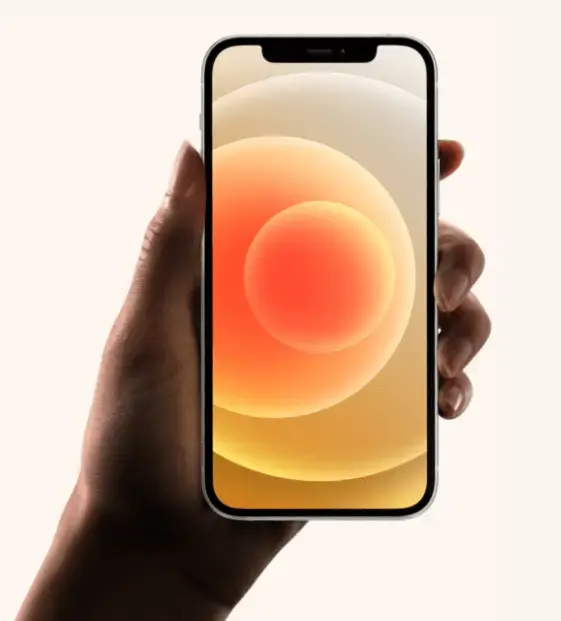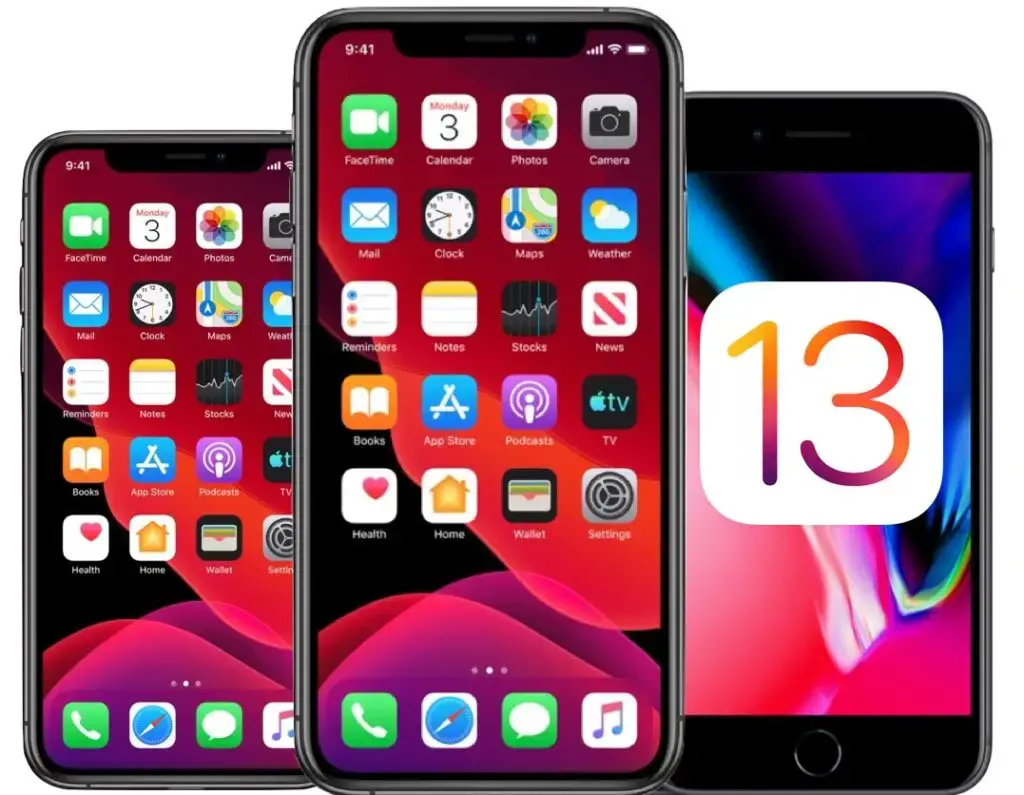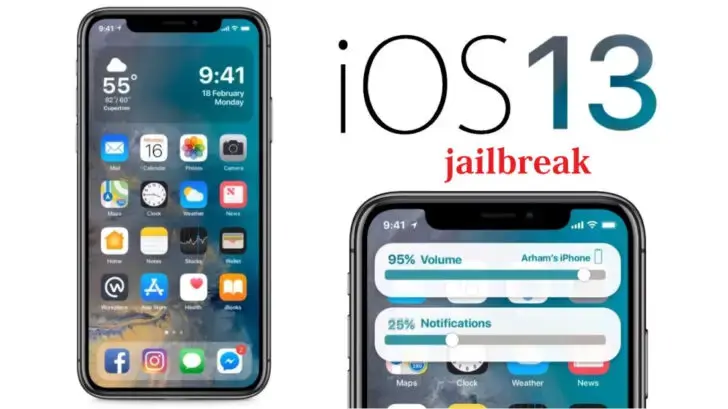There are almost 2 million apps in the App Store, you’d think an iPhone user would have enough options to get the most out of their device, but the Apple App Store, for one reason or another, still doesn’t support several great third-party apps.
One way of installing these third-party apps on your Apple device is to jailbreak it. Jailbreaking a device allows you to install an OS of your choice, or simply opening your phone up to third-party apps. You can also use a jailbroken device to install apps from APK files instead of having to download content from the App Store. Jailbreaking your iPhone or iPod Touch leads to new possibilities in terms of customization and gives you more freedom. Jailbreaking a device is not an easy process, but once it is done it will help you get more out of your iPhone or iPod Touch.

Important: As the operating system of iPad has been replaced from iOS with iPadOS, the following techniques for iOS 14 are unlikely to work on an iPad running iPadOS. If you have an older iPad though, then you’ll still be able to jailbreak older versions of iOS on the iPad — just not any iPad running iPadOS.
What is jailbreaking?
First and foremost, let’s take a second to remember this guide does not guarantee you that you will successfully jailbreak your iPhone or iPod. When dealing with something like a jailbreak, there is always a small chance something could go wrong with your phone, and we will not be responsible for this. But jailbreaking, especially with Pangu, is extremely easy and you should be perfectly fine.
jailbreak your iPhone means you are getting rid of the limitations imposed by Apple. Jailbreaking a device means that it can install applications from outside Apple’s App Store, and you can fiddle with previously restricted aspects of an iOS device. Jailbreaking can also help you unlock your iPhone to make it available on other mobile carriers (mostly this issue occurs with JV phones). However, it’s also worth noting that Apple warns against jailbreaking your iPhone or any other iOS device.
Back up your important data
When it comes to resetting or jailbreaking a device, it’s always the best practice to download a back up first. You can back up your iPhone wirelessly with iCloud, and iTunes should automatically back up your device every time you plug it in. If you’re running macOS Catalina or newer, you can back up your iPhone directly to your Mac via Finder. Make sure to run a backup of your device before beginning the jailbreak process so all the data successfully stored on your computer or in the iCloud. That way, once you complete the jailbreak process, you can run a restore and get everything back. Just make sure you’ve synced your device recently. Running sync in iTunes will back up your device by default.
Starting the jailbreak process
To start the jailbreak process, you need to first update your device to the latest version of iOS. In this case, it’ll be iOS 14. You can use iTunes to manage your update, or use the more convenient over-the-air (OTA) update your device offers you (Settings > General > Software Update).
Once you plug in your device to your iTunes, it will prompt you to download and run the iOS update for your device. If you haven’t already updated to the latest version of iTunes, then you should do that as well. If you are on a newer Mac and no longer have iTunes, you can update your iPhone through Finder. If your device is not jailbroken, then you will update to iOS 14 without any problems. On the other hand, if your device is jailbroken, iOS will fail to complete the update and go into recovery mode. Don’t panic! Simply let iTunes or Finder run recovery with the latest version of iOS. Once completed, the device will have been reset to factory settings.
In either case, do not sync your device just yet. Instead, quickly set up your device with Wi-Fi, your Apple ID, and everything else it prompts. You can also skip these for now and get back to them later. Make sure you get to the home screen before continuing.
For iOS 13 and Later

For this next step, you don’t need a computer at all — just the iOS device you want to be jailbroken. Just to be safe, reboot your device.
Hexxa Plus has a long reputation as a reputable jailbreak source. As such, we’ll quickly walk you through installing it.
1. Download Hexxa Plus on your device. Make sure to access that link from your iOS device, as it won’t work on a PC or MacBook.
2. Tap Allow > Download to download it to your iOS 14 device profile. Then head to Settings > Profile Downloaded and tap the downloaded link. You may need to confirm your device’s passcode before continuing.
3. Once the Hexxa Plus app is installed, you’re free to install a repo too. We recommend Cydia, and to download it, open your Hexxa Plus app and tap Get Repos.
4. Scroll to the App Managers Repo List and tap it, then copy the “http://ios.cyrepo.tk/” address.
5. Re-open your Hexxa Plus app and tap Extract Repo. Then paste the copied address and tap Ok to extract the Cydia repo.
6. Tap the Download button, then hit Allow > Go to settings > Profile Downloaded > Install. Once you’ve entered your passcode to authorize it, you’ll just need to tap Install > Done.
Now that it’s installed, you can use it to download other jailbreak apps or install another marketplace.
Other jailbreaking methods are available from Pangu 8’s page, and if you need to jailbreak an older version of iOS, there are pages for iOS 13, iOS 12, iOS 11.4.1, or even older.
Restoring your device from iTunes or Finder
Once you’ve completed the actual jailbreak process, you must take the time to restore all your precious data onto your iOS device. If you haven’t jailbroken your device before, you may not need to do this, as your device will have carried over all your data in the jailbreak process. If you have jailbroken your device before, then this will be necessary, as you’ll have to do a recovery to get your device to update.
Simply plug your iPhone, iPad, or iPod Touch back into your computer, and iTunes or Finder will do the rest. By the time your restore is finished, your apps, music, photos, and precious data should all be back where they belong.
Do a victory dance!
Congratulations! You’ve done it. You have completed the jailbreak and restore process for your iOS device. Be sure to run Cydia and check out all the amazing new apps and tools you can use.
Jailbreaking your iOS device is easier than ever, and if you’re an advanced user, it can be a lot of fun to unleash the true potential of your iPhone or iPad. Despite what Apple claims about the risks of jailbreaking, it’s an option you should consider to get the most out of your iOS device.
Read more: Google and Apple putting a ban on technologies sharing users personal location


